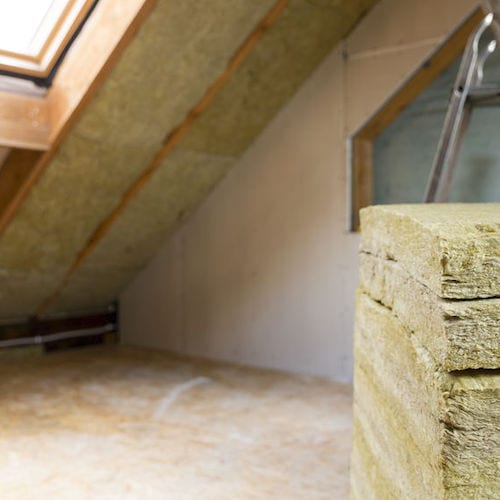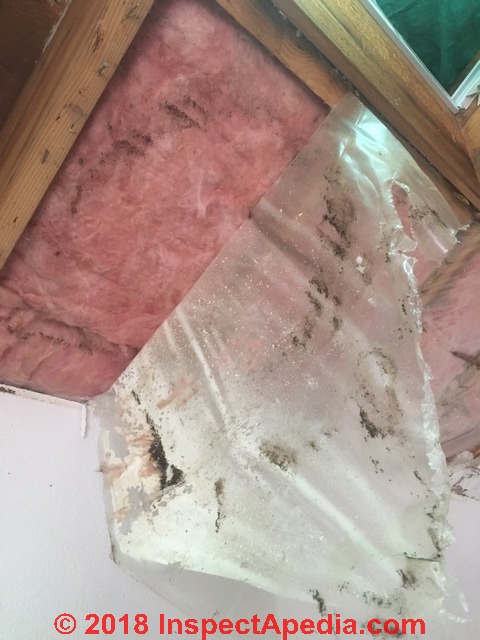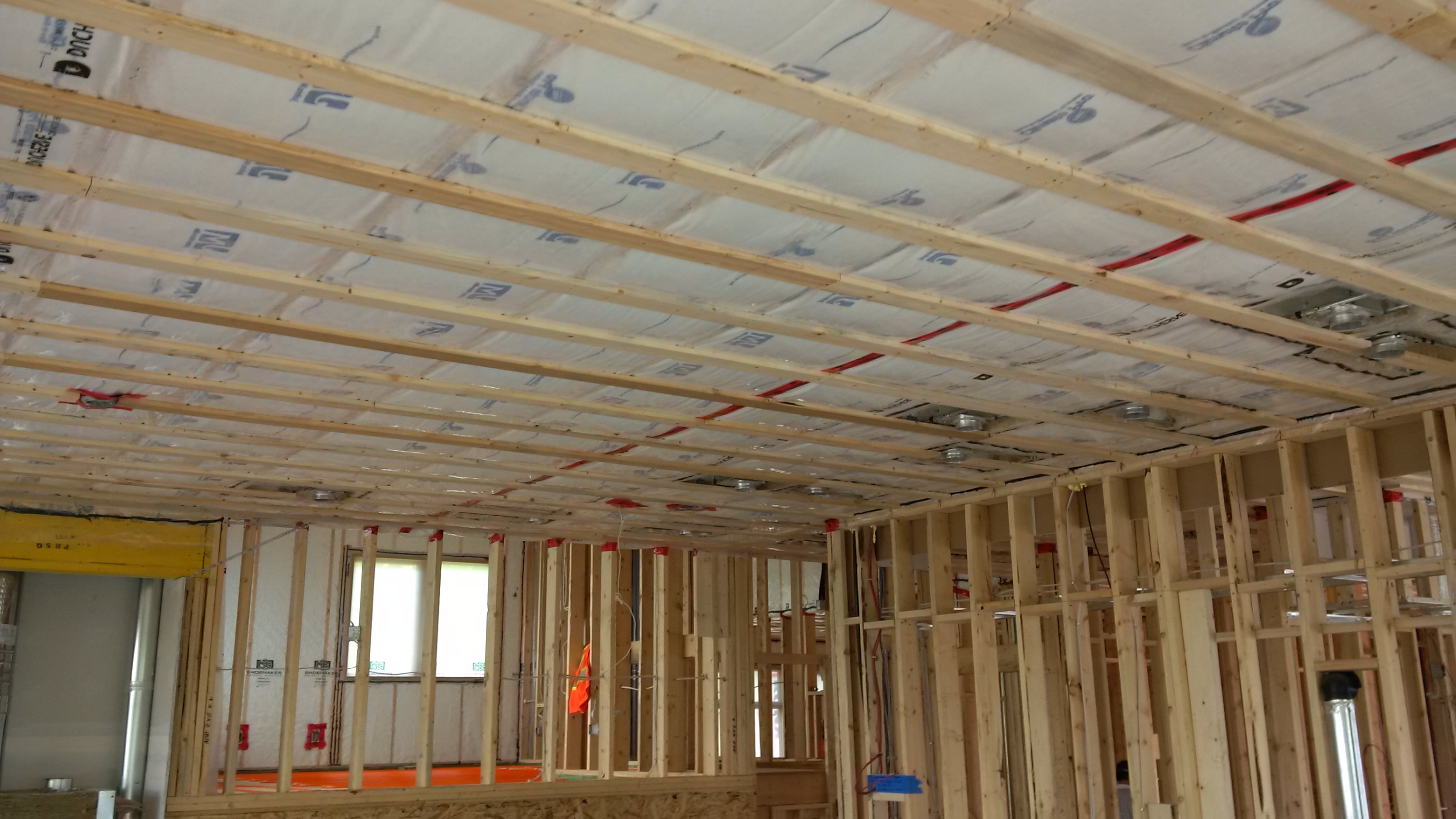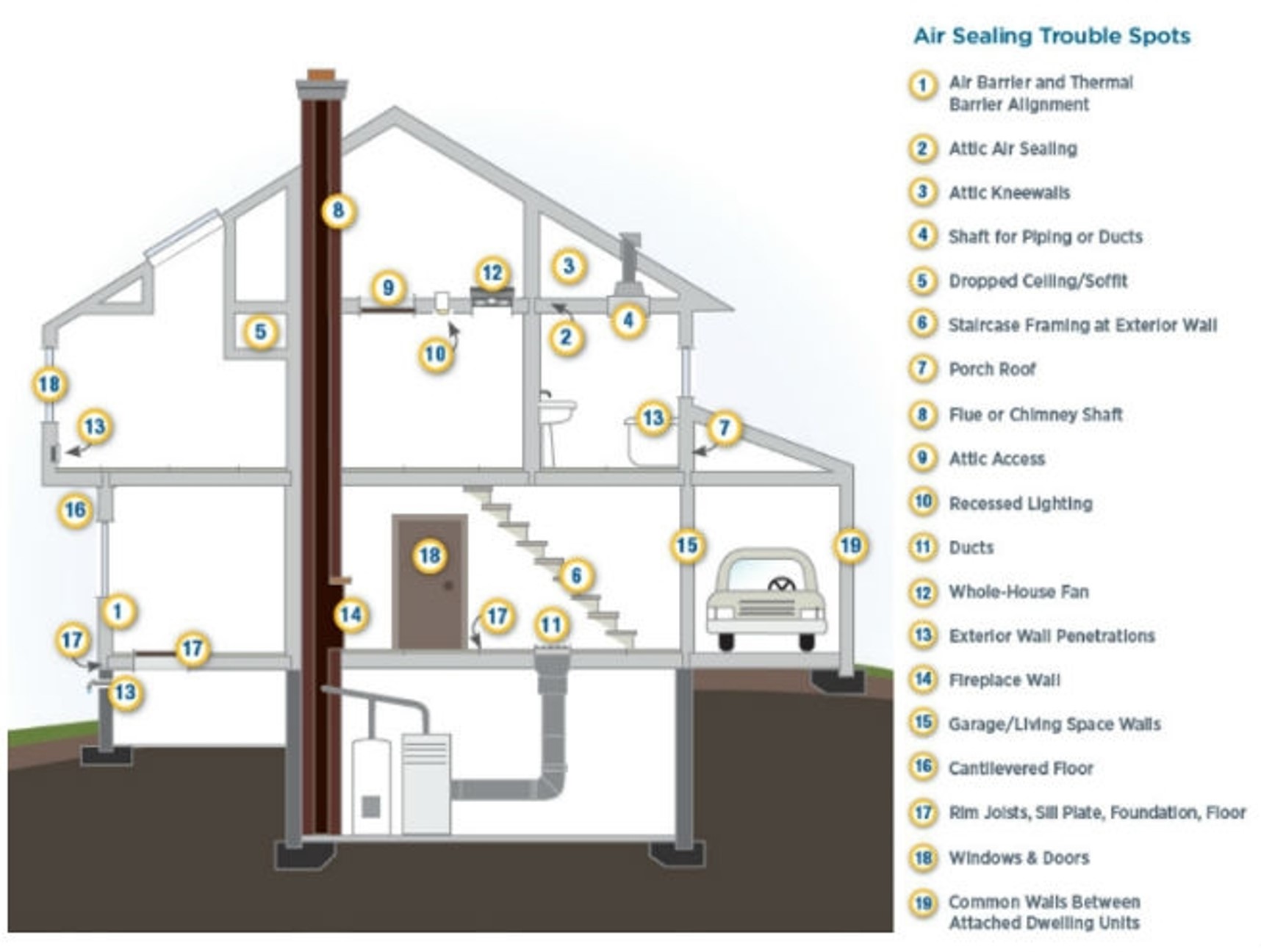On the other hand an air barrier a properly detailed air tight drywall ceiling for example in the absence of a vapor barrier can be effective since it stops the flow of vapor laden air.
No vapour barrier in attic.
Do not add a vapor barrier on top of the insulation in your attic since the paper facing on the existing insulation is the vapor barrier.
Thus installing vapor barriers on wall surfaces must.
Water vapor can pass through building materials in several ways including direct transmission and by heat transfer but studies suggest that fully 98 percent of the moisture transfer through walls occurs through air gaps including cracks around electrical fixtures and outlets and gaps along baseboards.
By the time you paint the drywall though you.
The paper facing contains a layer of impermeable asphalt that prevents water vapor from passing through it.
A vapor barrier in an attic assembly in a severely cold climate with the absence of an air barrier will likely be ineffective.
Because it s nearly impossible to seal penetrations in the ceiling the reality is water vapor will get into the attic.
Now with attic insulation heat is no longer lost from the living space such that moisture may remain trapped in the attic vapor barriers were therefore necessary to reduce moisture flow into the attic.
The science of moisture movement.
Even though we apply vapor barriers to exterior insulated walls in cold climates it s no longer recommended for ceilings floor of the attic.
Returning to the original question about whether you need a class i vapor retarder i e a vapor barrier if you re getting almost no water vapor diffusing through something that s not a vapor retarder at all i think the answer is clear.




























